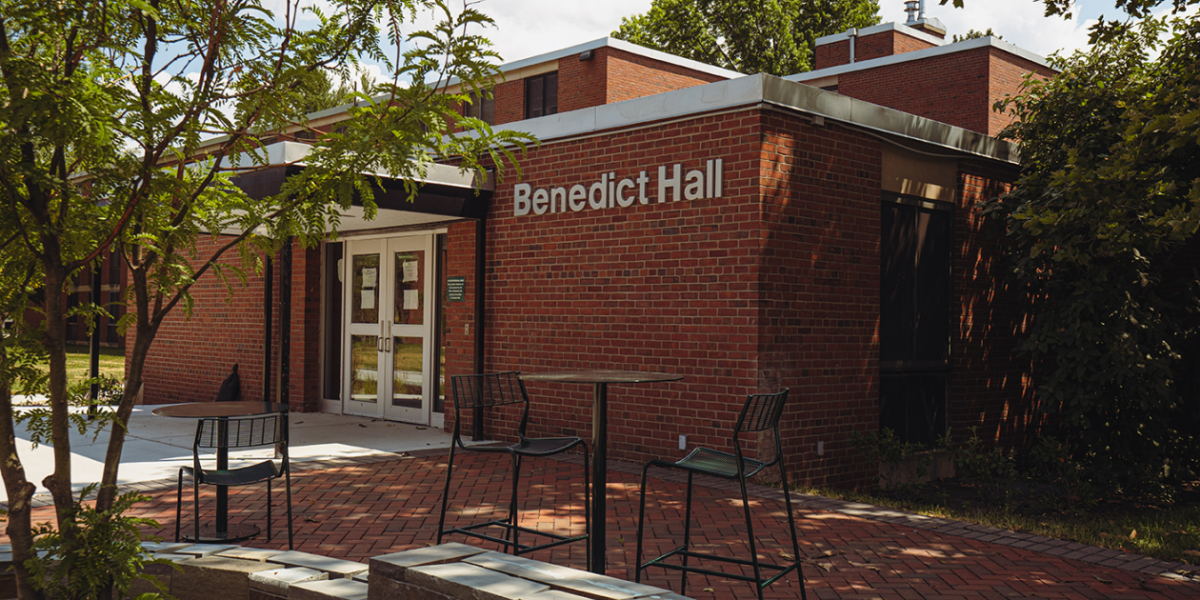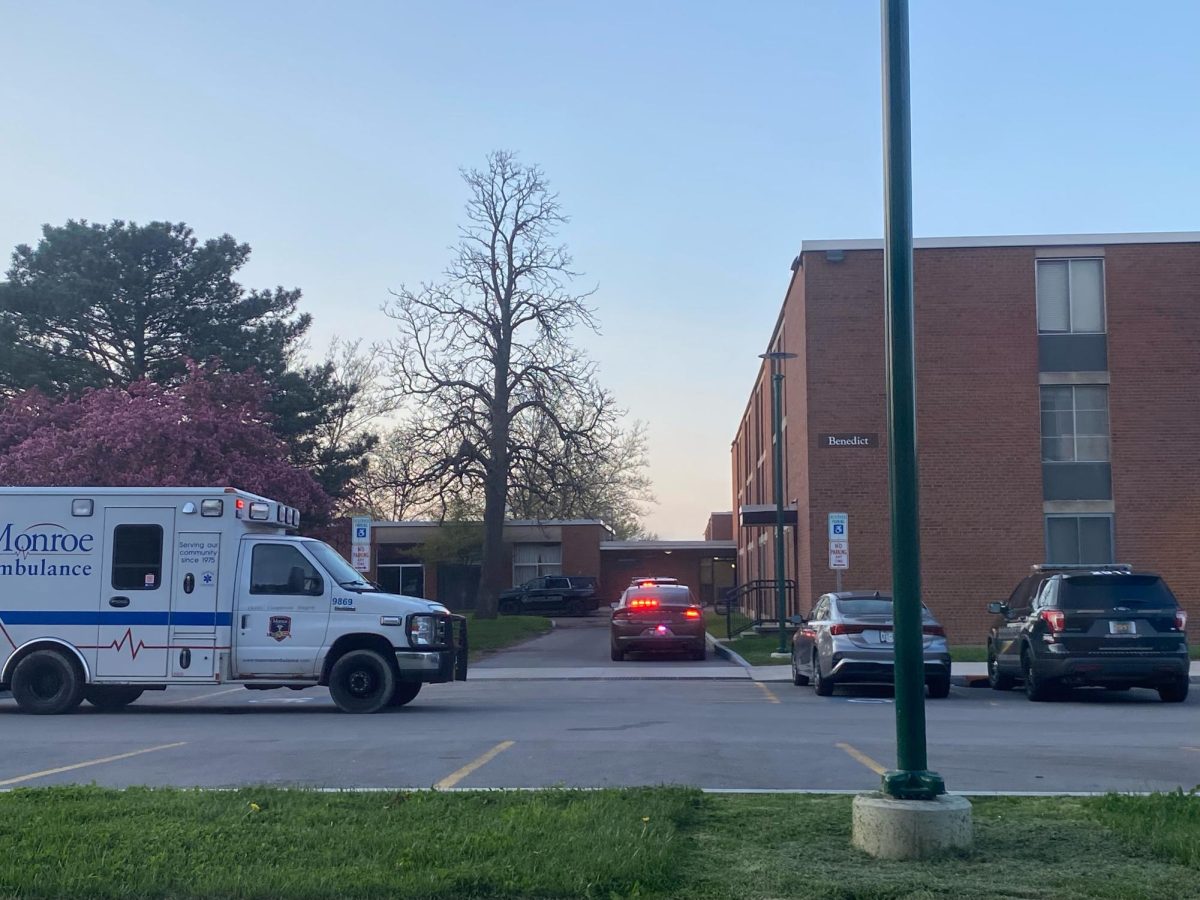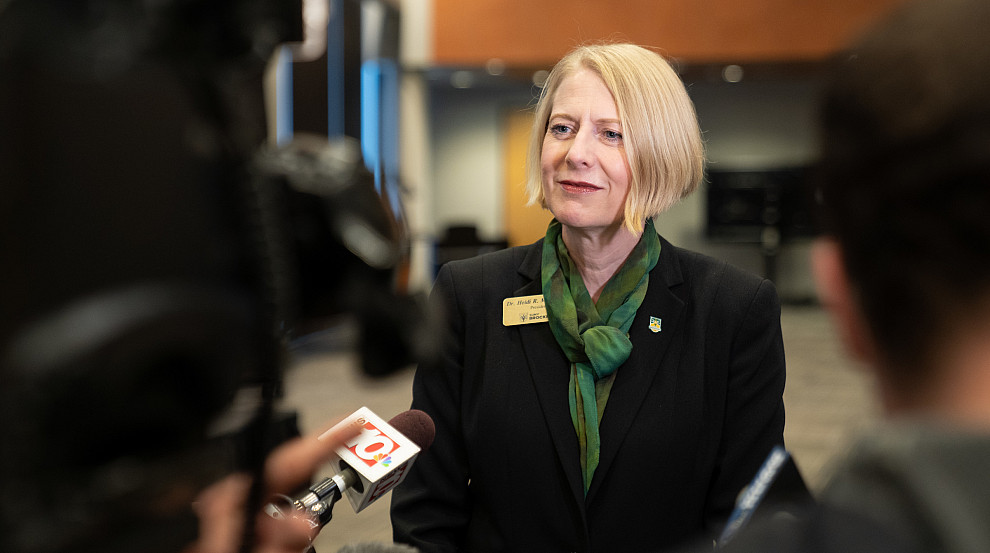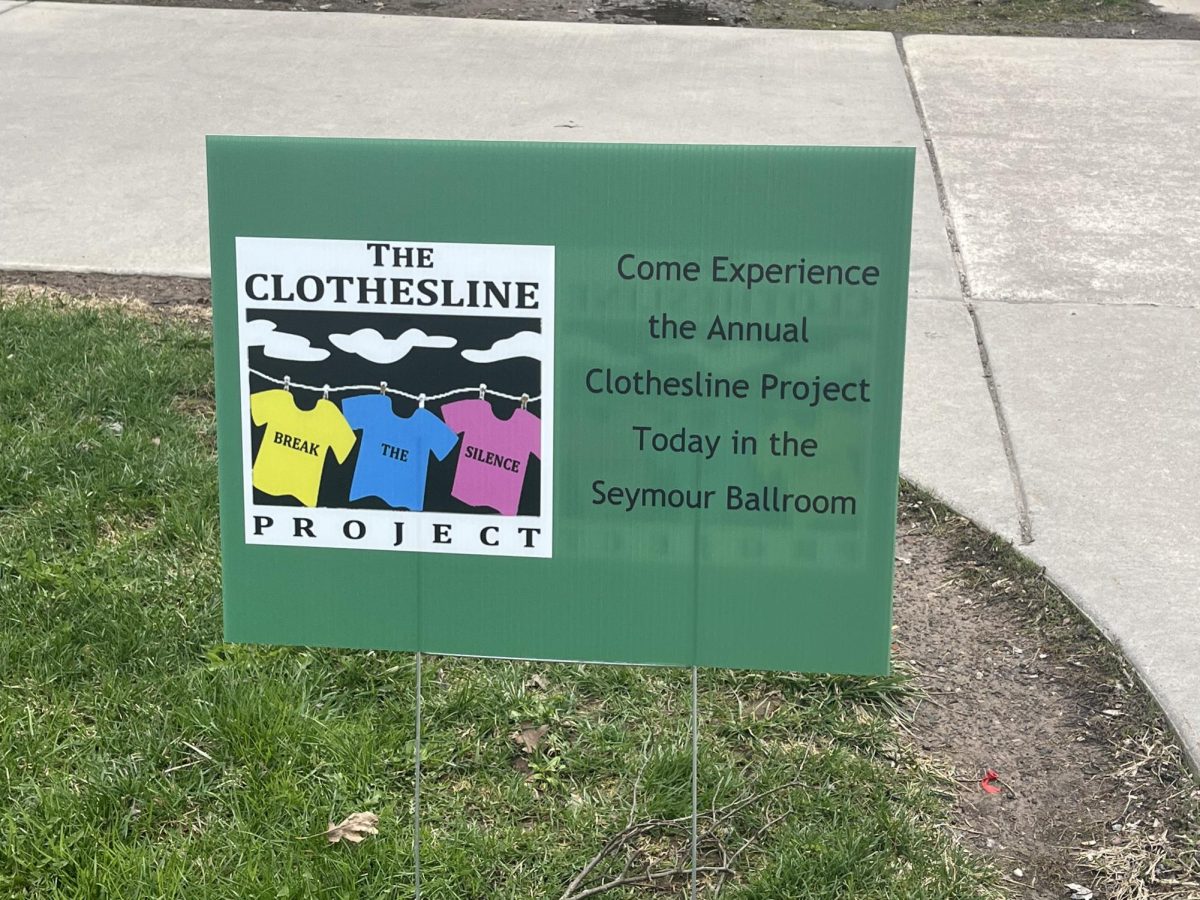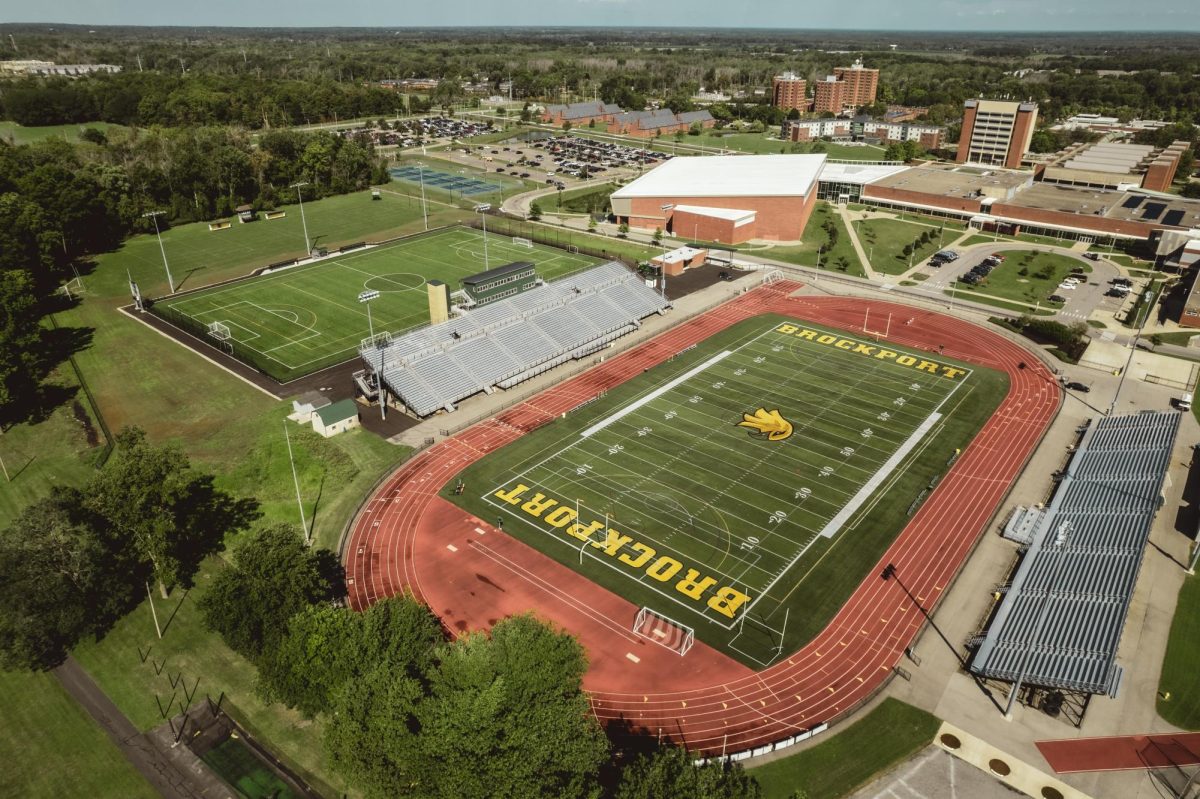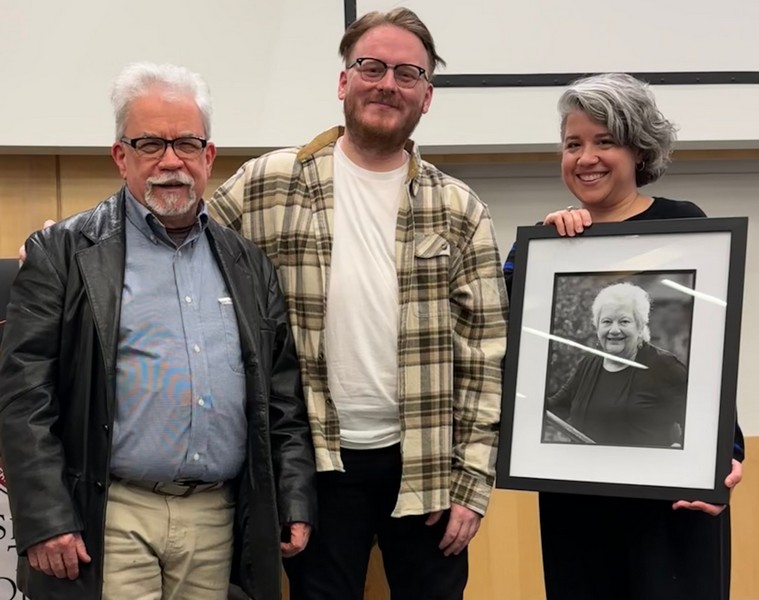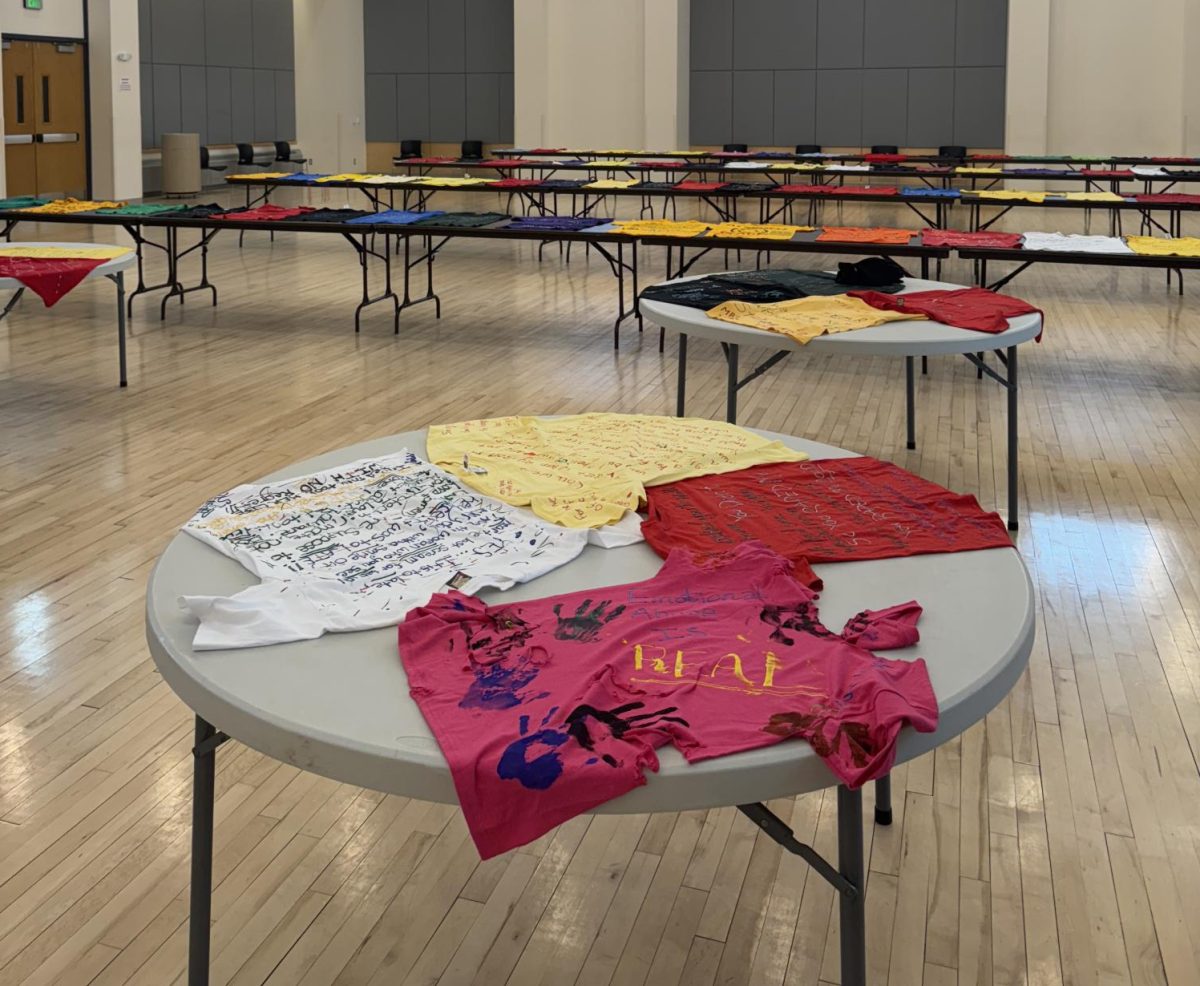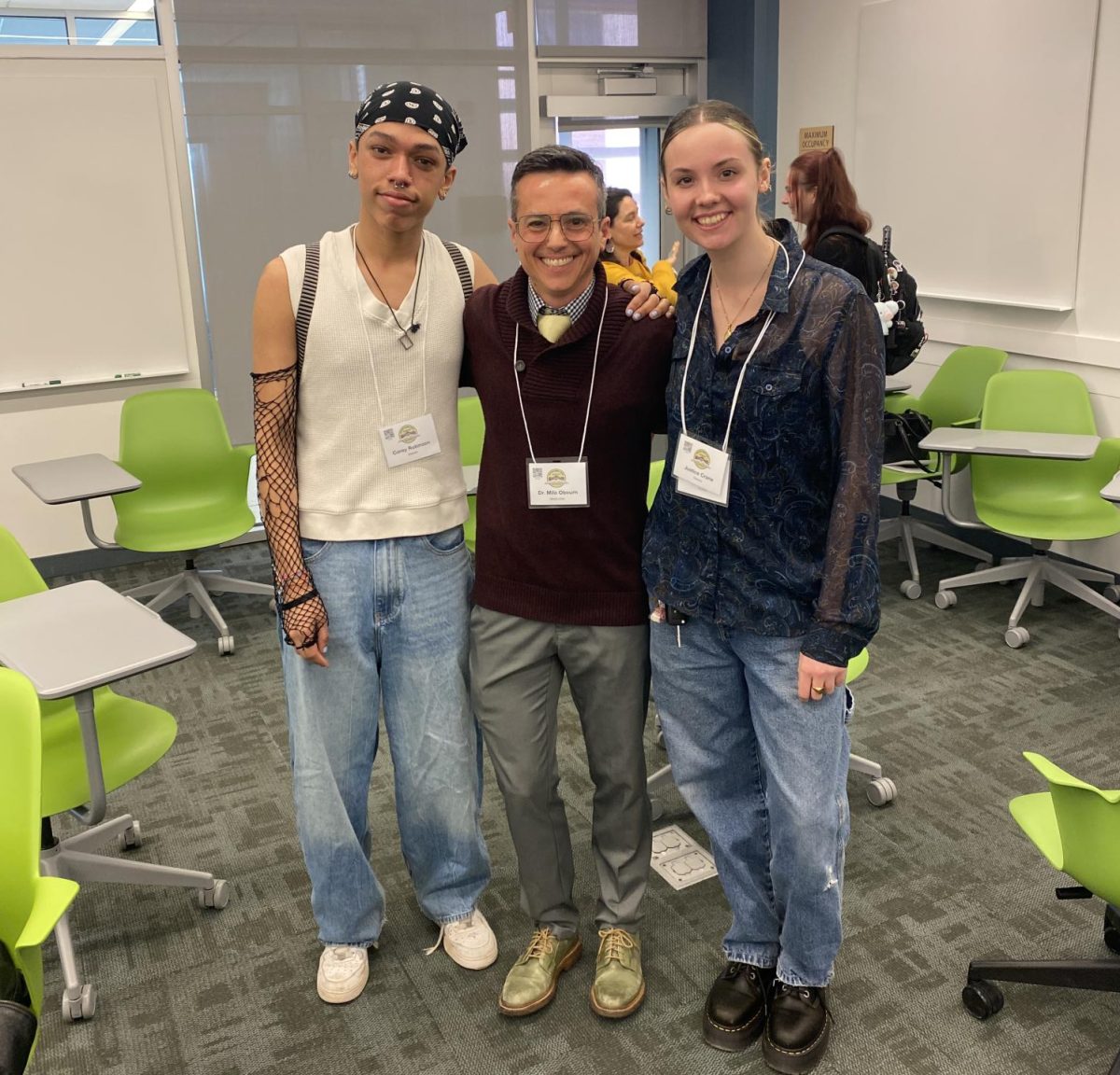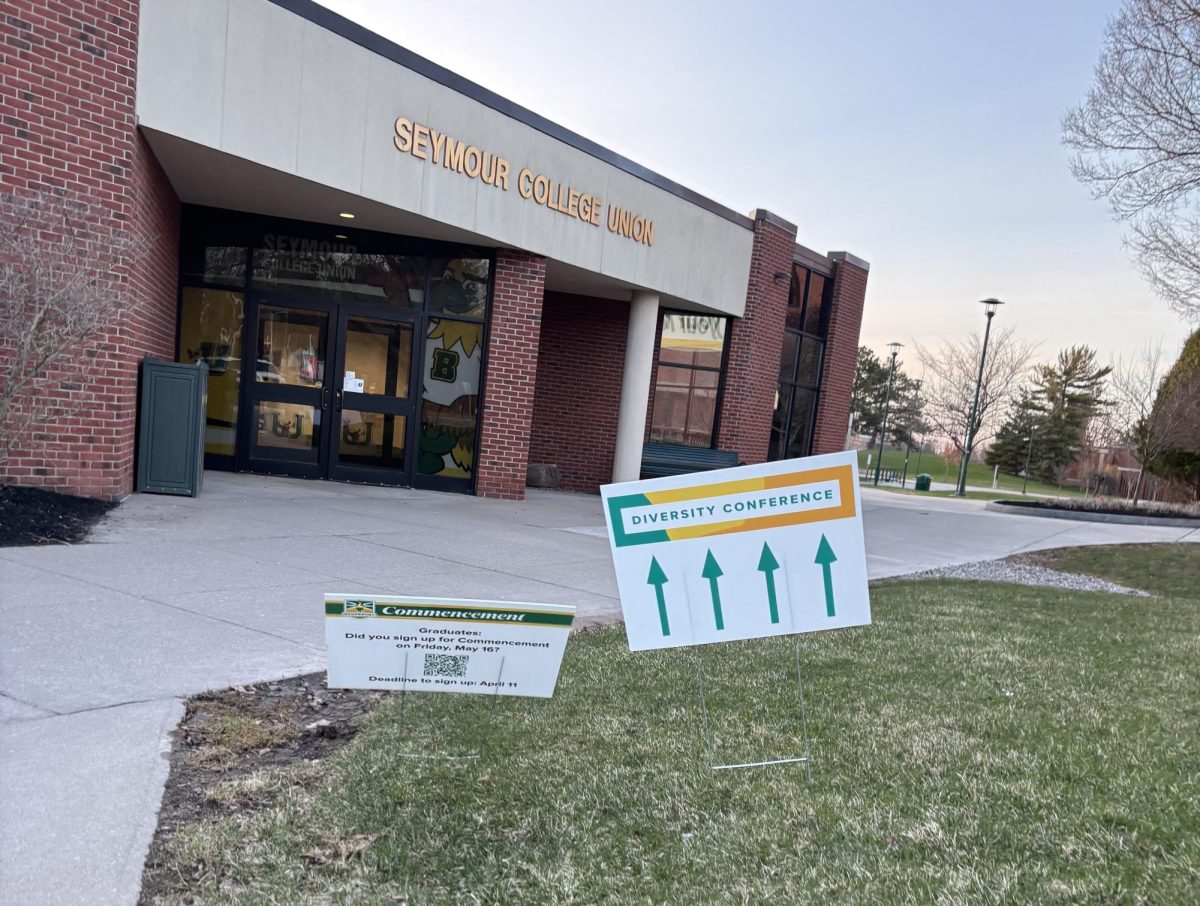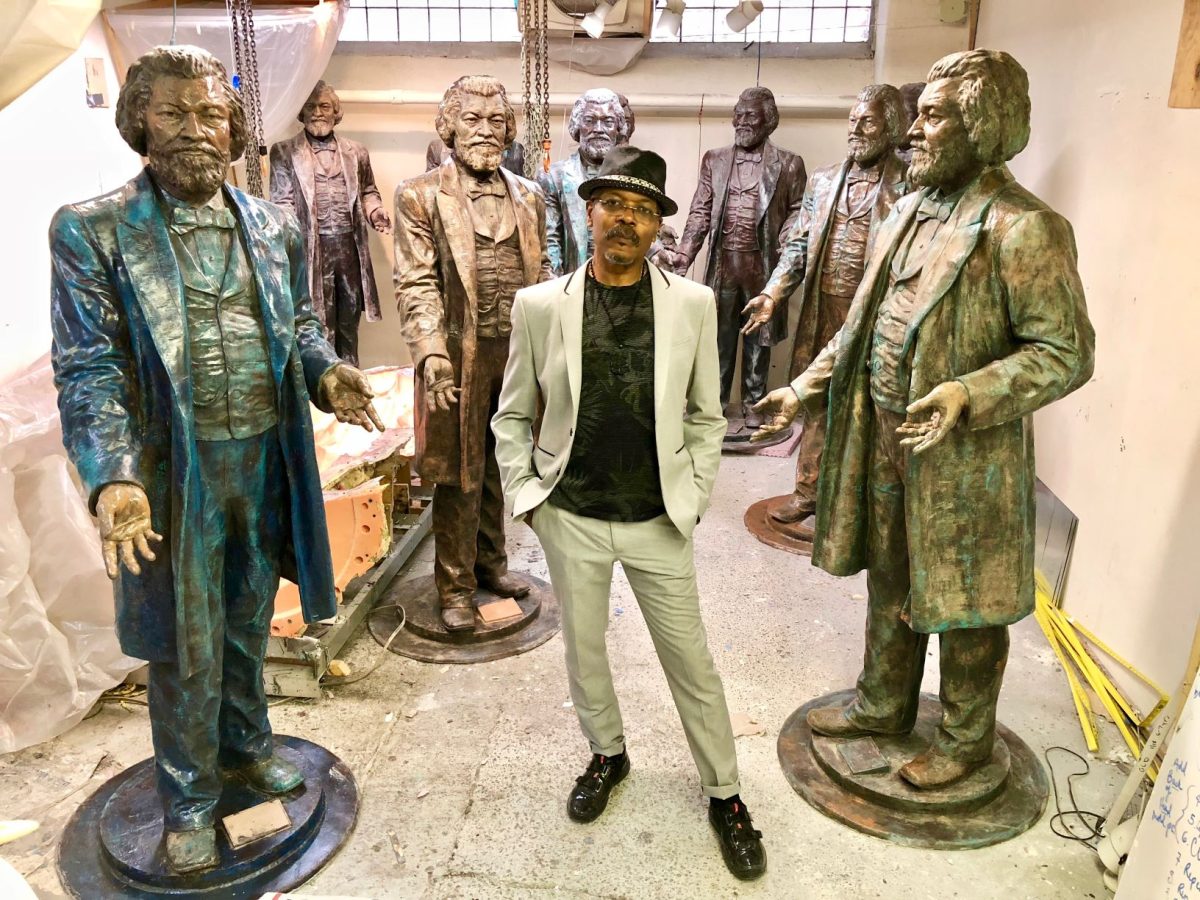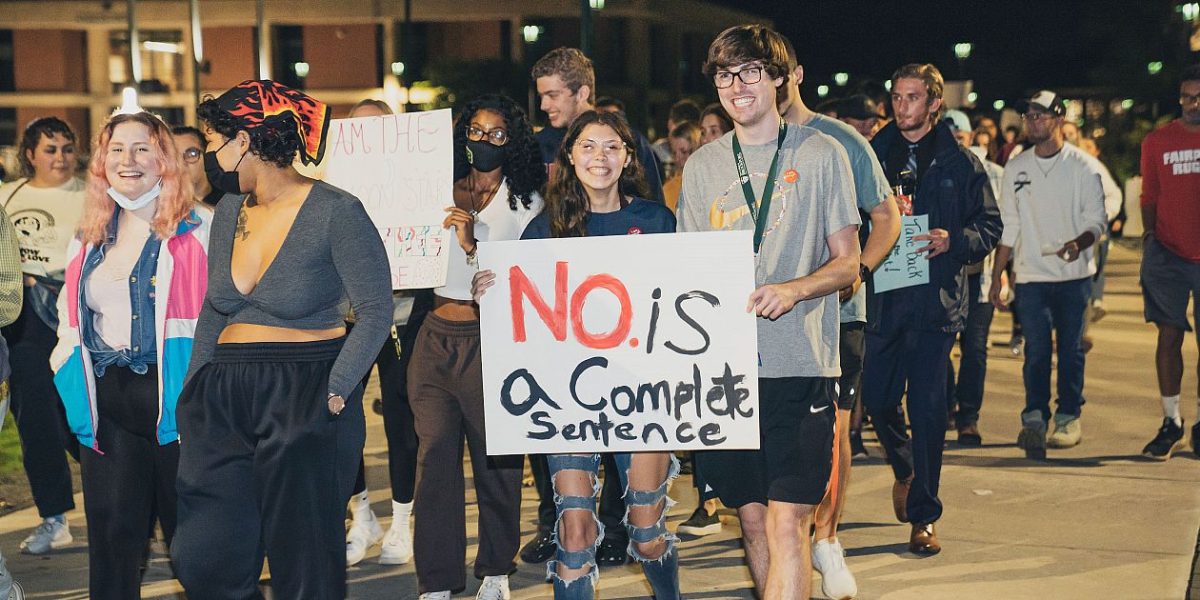By Sarah Killip / Copy Editor
Rochester’s airport was officially renamed The Frederick Douglass Greater Rochester International Airport on Feb. 14. This is only one of many phases of the Re-Energizing the Legacy of Frederick Douglass public arts project, which was established to celebrate Douglass’ achievements, legacy and the bicentennial anniversary of his birth. Filmmaker and SUNY Brockport Professor Carvin Eison heads the movement as project director.
It all started on Douglass’ bicentennial in 2018 when artists, philosophers, historians and community members gathered together to celebrate. The crowning moment of this event revolved around what Eison refers to as the monuments project.
“I am not a historian, I’m certainly not into politics, but in 2017 there was nothing planned in this community to celebrate Frederick Douglass’ bicentennial,” Eison said. “So, I sat down with a small group of people and started talking about what we could do to honor him. I came up with this idea of putting monuments [of Frederick Douglass] on the street, and in fact, I wanted to put 200 monuments on the street; but we settled with 13, and that turned out to be the perfect number.”
The monuments, sculpted by Olivia Kim, were placed at sites where Frederick Douglass did significant things during his lifetime.
“One is at the Hochstein School of Music, which was formerly a church where his funeral was and where he gave many addresses,” Eison said. “There is one at the Mt. Hope Cemetery where he is interred. There is another on State St. across from the location of former Corinthian Hall, where many extraordinary addresses and lots of political debate took place.”
At the base of each monument there is a QR code that, when scanned, will take the viewer to a website explaining why that monument is in that location.
The goal of this project was to recognize the extraordinary human being Douglass was when he was alive, but others felt differently about the matter.
“There was vandalism, and it was incredibly eye opening in terms of this community and the national community’s tolerance for this sort of thing,” Eison said. “This created a firestorm of activity, which ultimately led to the next phase of the project, the airport renaming.”

Eison had been discussing recognizing Douglass at the airport since the beginning of this journey, and the recent renaming is not the last step.
“We are now putting a bronze monument of Frederick Douglass in the airport, and I am so excited,” Eison said. “I think I’ve done everything I can do with Frederick Douglass, but this is the last step.”
In 1899 when the original monument was created, it stood outside of the Rochester train station. It now stands in Highland Park.
“It was the first monument in the nation’s history to recognize the achievements of an African–American,” Eison said. “The mayor at that time, Mayor [George] Warner, wanted everybody traveling in and out of Rochester’s transportation gateway to know that Rochester’s most illustrious citizen was Frederick Douglass, a man who happens to be black. The airport today is the current transportation gateway, so it’s fitting that we have a monument honoring Frederick Douglass there.”
People coming and going will be able to see the values he stood for, such as literacy, women’s suffrage and telling the truth.
“I wonder what he would say to all this stuff right now, the competing factions of the truth, the fake news,” Eison said. “He came to prominence in the 19th century because he told the truth. He was sought after to talk about the reality of chattel slavery, of being someone’s property, the hardships, the violence, the food that they had to eat, or didn’t have to eat. The oppressive reality of being a slave, he told the truth about that. People didn’t believe him at the time, so to have someone speaking the truth in that day is a message I think all Americans today can benefit from.”
“Frederick Douglass, 120–something years after his death, is still affecting public policy, influencing behavior and commanding a slot on the six o’clock news.”
Eison is still raising money for the bronze monument, but he is hoping to have it standing in the airport by the fall of 2021.

